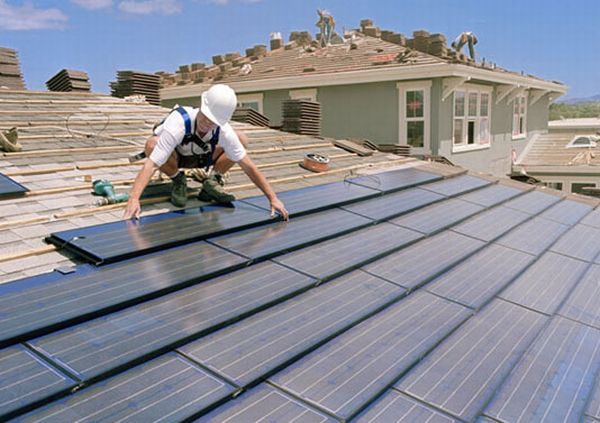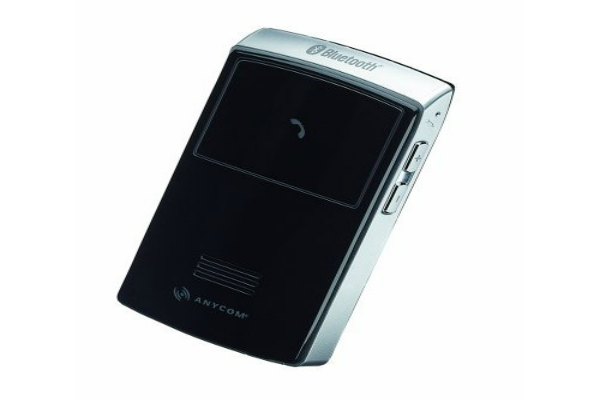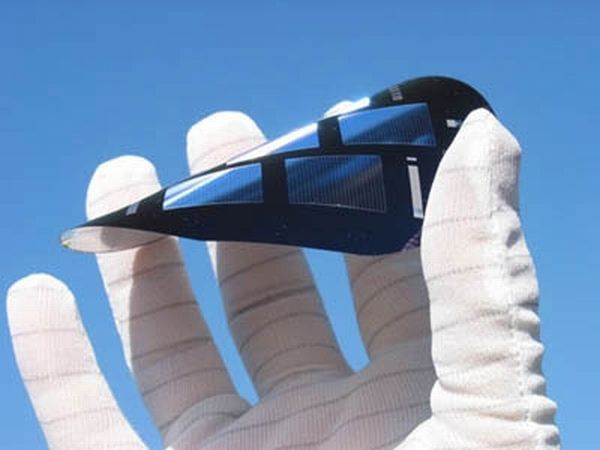
With the ever increasing environmental concerns and the descending availability of non renewable sources of energy like coal and oil, the popularity of making use of natural sources of energy, like wind, water and sun, is increasing with each passing day. By generating electricity from an environmentally friendly method like solar energy, we will have an abundant and of course, a continuous supply of green energy. The photovoltaic technology is continuously being researched upon and many new methods are discovered almost every day to improve the efficiency and performance of photovoltaic systems. This technology is now being applied as the construction material for buildings. The building integrated photovoltaics (also known as BIPV) are making significant strides. The BIPV technique is rapidly being adopted by several key market developments and by those who are aspirant to go green.
The good
In the construction of new buildings, sustainable energy practices are being implied to produce green power. Renewable sources for production of green energy are also being implemented onto the presently existing buildings to go good with the green era of today. Making use of photovoltaic technology in the construction material of buildings is the prime advantage of BIPV. By utilising the BIPV, we are actually entailing a renewable source of energy that is sun, thereby putting a less strain on the environment as well as the grid. The Building-integrated photo voltaics will have a long term cost benefit, as the initial cost of installing new PV panels on the existing building will be counterbalanced by applying the BIPV while constructing the new building. As BIPV can blend into the structure of the building, it therefore gives the advantage of maintaining the aesthetics of the structure.
Can this be better?
As new and better solar technologies being discovered each day, the efficiency of the power provided has increased considerably. Such new inventions are being used in BIPV systems to enhance the output power. By implying these advanced BIPV systems, the building’ energy demands will be lowered. In addition to that the BIPV technology will replace the building parts including roofs, windows and facades etc. in a smooth manner that there would be no additional installation costs. These BIPV systems also insulate the entire building, preventing the solar radiation to enter inside thus improving the thermal comfort of the interiors.
The bad
There are certain low downs of upgrading a building structure with BIPV material. The solar materials or the photovoltaics used as a construction material may differ in the overall output and the technology implied. For instance, making use of thin film solar cells will give a a quite less efficiency as compared to crystalline solar panels. The performance of solar modules drops with temperature rise and the modules therefore require adequate ventilation. Another disadvantage of BIPV system can be the high cost, which is lower in case of a traditional solar panel on roof tops
Can this be avoided?
As people are becoming more and more eco conscious they are increasingly relying on the renewable energy sources like solar energy to generate green power. Simultaneously, new inventions to ameliorate the efficiency of the solar energy are taking place almost every day. Therefore the disadvantage of lower efficiency in BIPV can be removed by making use of more efficient solar modules. Because, the increasing temperature is also responsible for lowering the efficiency of the modules, therefore a sufficient airflow is a must behind the modules. Moreover, better BIPV materials will serve as better building skin functions and thus improving the aesthetics of the building.
The ugly
A very important negative point of making use of BIPV in constructing new building is the difficulty to access after installing. If any problems come after using these materials for construction purposes, they could not be easily resolved. One needs to be extra careful while installing the BIPV about any water leakage or wiring especially during the day when the sun is out making all the things electrically live.
Why are we so critical?
Despite the downsides, the Building integrated photovoltaic systems are without doubt very useful. The cost efficiency provided by making use of BIPV systems is one of the most desirable factors, which is sure to make it popular among consumers. Moreover, the power is being generated from a renewable energy source by harnessing the sun, thereby making the product environmentally friendly in every way. With more advanced technologies in photovoltaic systems, the ratio of the output to the input of BIPV systems will definitely be improved.
The Bottom Line
Low cost and better efficiency is what consumers look for while going for any solar product. With new technological approach in the BIPV systems, there seems to be a neat balance among the two requirements. When the total cost of a structure is being considered, the BIPV systems promise to provide with cost benefits. Not only that, the building would be more aesthetically pleasing. The BIPV systems seemingly have a bright future and will make the next generation PV technology far much better than the present generation.




